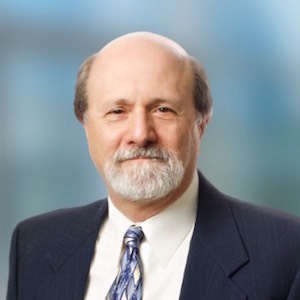
Howard Zaharoff
Member
Morse, Barnes-Brown & Pendleton, P.C.
Howard Zaharoff is an AV Preeminent rated attorney at Morse, Barnes-Brown & Pendleton, P.C., with more than 30 years’ experience in intellectual property, technology, and business law, Howard focuses his practice on representing providers and users of information, content and technology, including software companies, internet and e-commerce businesses, life sciences ventures, publishers, and authors.
Howard has substantial experience in domestic and international technology development, distribution and licensing; joint ventures and strategic alliances; copyrights and publishing law; online contracts, including SaaS, Terms of Use/Service, SLA, affiliation and co-branding agreements; and real estate leases. His practice also focuses on nondisclosure, noncompetition, and proprietary rights agreements; the protection of copyrights and trademarks; and print and electronic publishing agreements, literary agency contracts and collaboration arrangements.

Recent Articles by Howard Zaharoff
The Federal Commission (FTC) released its annual pre-Holiday report (the “Report”) explaining “how companies are increasingly using sophisticated design practices known as ‘dark patterns’ that can trick or manipulate consumers into buying products or services or giving up their privacy.” Although not specifically identified in this Report, sources claim that Santa has been under investigation for increasingly using “dark patterns” to improperly discover when each of the world’s 2 billion children are sleeping or awake, when they’ve been bad or good, and other personally identifiable information (e.g., have they seen mommy kissing Santa Claus).
Dear Mr. Claus: You recently contacted this office to confirm the availability of your proposed “SANTA CLAUS” trademark for use in your business and, if this mark is non-infringing, to assist you in registering it for U.S. and international use. For these purposes you describe your business as “delivering games and toys to good little boys and girls as gifts for Christmas.”

![[IPWatchdog Logo]](https://ipwatchdog.com/wp-content/themes/IPWatchdog%20-%202023/assets/images/temp/logo-small@2x.png)